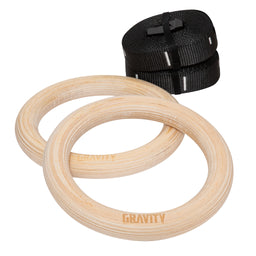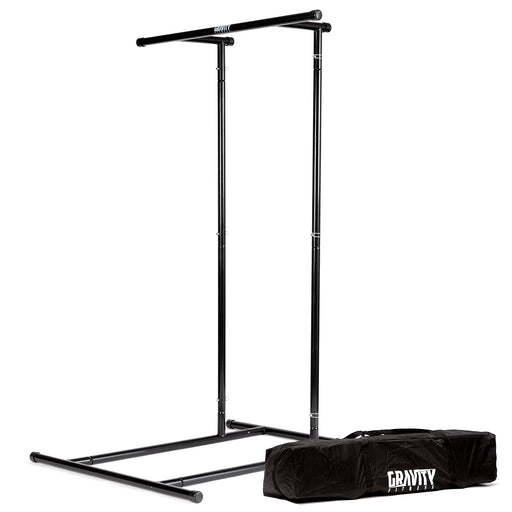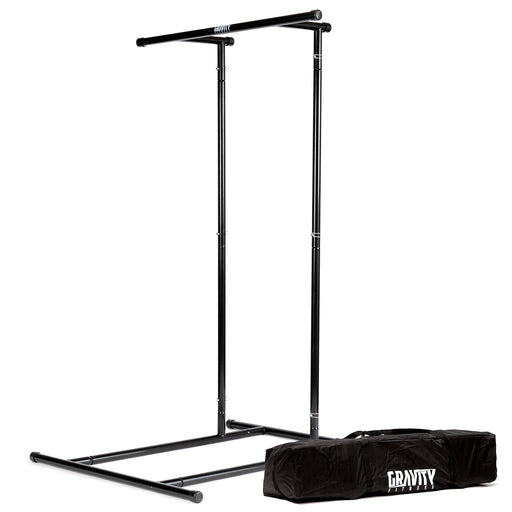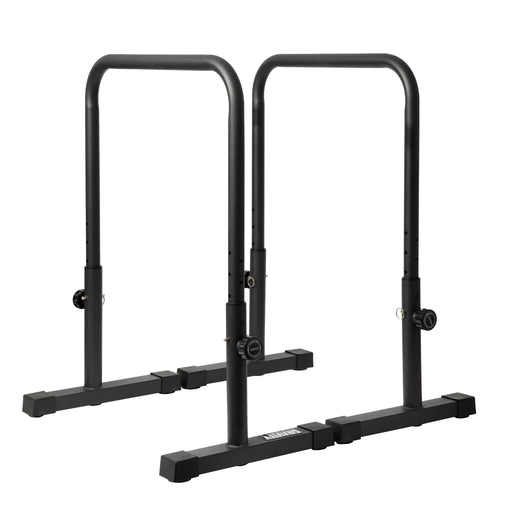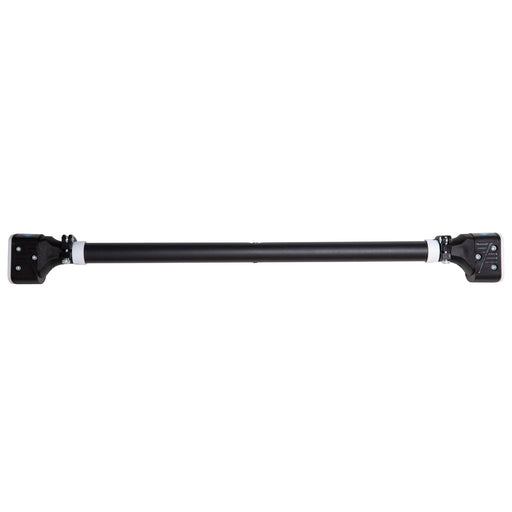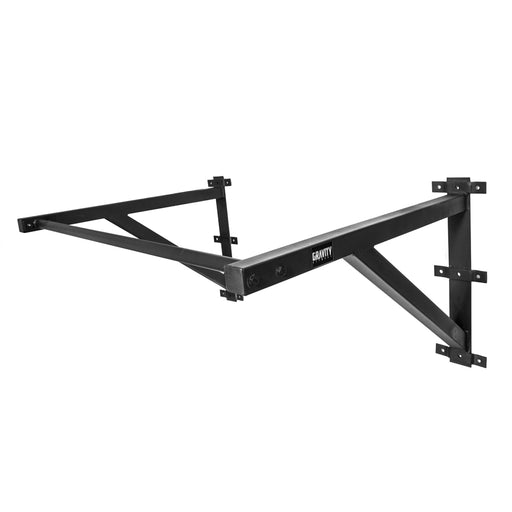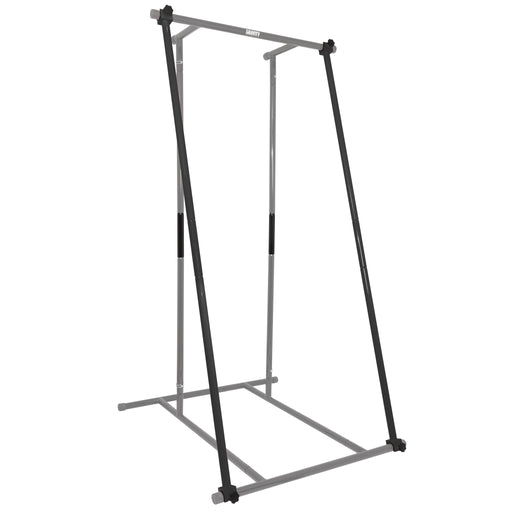
How to Stay Consistent With Your Workouts, Even When Life Gets in the Way
Life has a way of throwing obstacles in front of even the best training plans. Work gets busy, family responsibilities pile up, motivation drops, and suddenly that routine you promised yourself becomes another thing that slips through the cracks. The truth is, staying consistent with your workouts is less about having perfect circumstances and more about building a system that keeps you moving forward no matter what. If you can master consistency, you unlock the ability to keep progressing even when life isn’t playing fair.
Why Consistency Matters More Than Motivation
Motivation is temporary. You might feel fired up after watching a training video or setting a new goal, but those sparks fade. Consistency is what carries you through when motivation dries up. Every time you show up, even for a short session, you reinforce the habit and strengthen your discipline. Over time, this adds up to real progress. Calisthenics in particular rewards consistency. You don’t build a muscle-up, front lever, or handstand overnight. These skills require repeated exposure, gradual progression, and a body that adapts to the volume of training. Miss too many sessions and progress stalls. Stay consistent and you keep building momentum.
Common Barriers That Stop People Training
Everyone struggles with the same set of obstacles, even experienced athletes. Time is the most common excuse. Work deadlines, long commutes, and family responsibilities make it easy to push workouts to tomorrow. Energy is another. After a long day, the last thing you feel like doing is training. Then there’s boredom or lack of results. When progress slows, people lose interest and drop off. The key is to anticipate these barriers and have a plan for when they appear. Consistency doesn’t mean life is easy, it means you’ve learned to adapt around the obstacles.
Make Training Non Negotiable
Think about how you treat brushing your teeth. You don’t ask yourself if you feel motivated to do it, you just get it done. Training should be approached the same way. By treating your workouts as non negotiable, you remove the daily decision making that drains energy and makes skipping tempting. Start by setting fixed times. If you train at 7am before work, that’s your slot. No negotiations, no shifting it around. Over time, this becomes automatic and missing a session feels unnatural.
Start Small and Build Up
One of the biggest mistakes people make is trying to overhaul their routine all at once. They commit to six days a week, long sessions, and strict nutrition changes. That all or nothing approach rarely lasts. Instead, start small. Commit to three sessions a week and keep them short, maybe 30 minutes. Once that habit is locked in, add a fourth day, or extend the sessions slightly. The brain resists massive change but adapts well to gradual progression. The same principle that builds strength in calisthenics also builds consistency.
Focus on Discipline Over Motivation
Motivation is fleeting, discipline is dependable. Discipline means you train even when you don’t feel like it. It means you do the basics, even when it’s not exciting. To build discipline, set rules for yourself. For example, “I never miss two sessions in a row” or “If I can’t do a full workout, I at least do 10 minutes of push ups, pull ups, and squats.” These simple frameworks keep you accountable and stop small slips turning into long breaks.
Remove Friction and Make Training Easy
The harder it is to start, the less likely you are to follow through. If your training relies on a 30 minute commute to the gym, chances are you’ll find reasons to skip. By contrast, if you’ve got a pull up bar at home or rings in the garage, you remove the friction and make training almost effortless to start. Keep your gear ready, set up a dedicated space, and know exactly what workout you’re doing before you begin. Friction kills consistency, simplicity feeds it.
Train Anywhere and Use Your Environment
One of the advantages of calisthenics is that it requires minimal equipment. If you can’t get to a gym, you can train in your living room, at a park, or even during a lunch break. Push ups, pull ups, dips, squats, planks, and handstands can be done almost anywhere. When life is busy, don’t wait for perfect conditions, adapt to the environment you have. A 15 minute bodyweight circuit at home beats waiting for the perfect 90 minute gym session that never happens.
Redefine What Counts as a Workout
Another trap is thinking that only long, intense sessions count. In reality, short workouts are often enough to maintain momentum. A quick 20 minute session of push ups, squats, and core work still keeps the habit alive. If you do this three to four times a week, you’ll stay in the game and avoid the downward spiral of inconsistency. Redefine success as showing up, even in a smaller way. That mindset shift is what allows consistency to thrive.
Track Progress and Celebrate Wins
Consistency feels easier when you see progress. Keep a simple log of your workouts. Note down reps, sets, or times, and watch how they improve over weeks. Even small increases show you that the effort is paying off. Celebrate milestones along the way. First pull up, first 60 second plank, first set of 50 push ups. These wins remind you that consistency is worth it.
Build a Support System
Training alone requires more discipline, but having accountability makes consistency easier. This could be a training partner, a community, or even an online challenge. When someone else is expecting you to show up, you’re less likely to skip. Gravity challenges, local calisthenics groups, or even sharing your journey on social media can give you the push you need when motivation dips.
Accept Imperfection and Keep Moving
Finally, understand that no one is perfectly consistent. Life happens, you miss sessions, you get injured, or you lose momentum. What matters is not perfection, but the ability to get back on track quickly. Missing one workout doesn’t matter, missing ten does. Don’t beat yourself up, don’t quit, just pick up where you left off. Consistency is about showing up more often than not, over the long run.
Conclusion, Consistency Creates Progress
When life gets busy, staying consistent with your workouts comes down to mindset, systems, and discipline. Make training non negotiable, start small and build up, remove friction, and train anywhere with whatever time you have. Focus less on motivation and more on discipline, track your progress, and lean on your community when you need support. You don’t need perfect conditions to build strength, mobility, and resilience, you just need to keep showing up. That’s the real secret to progress in calisthenics and in life.
